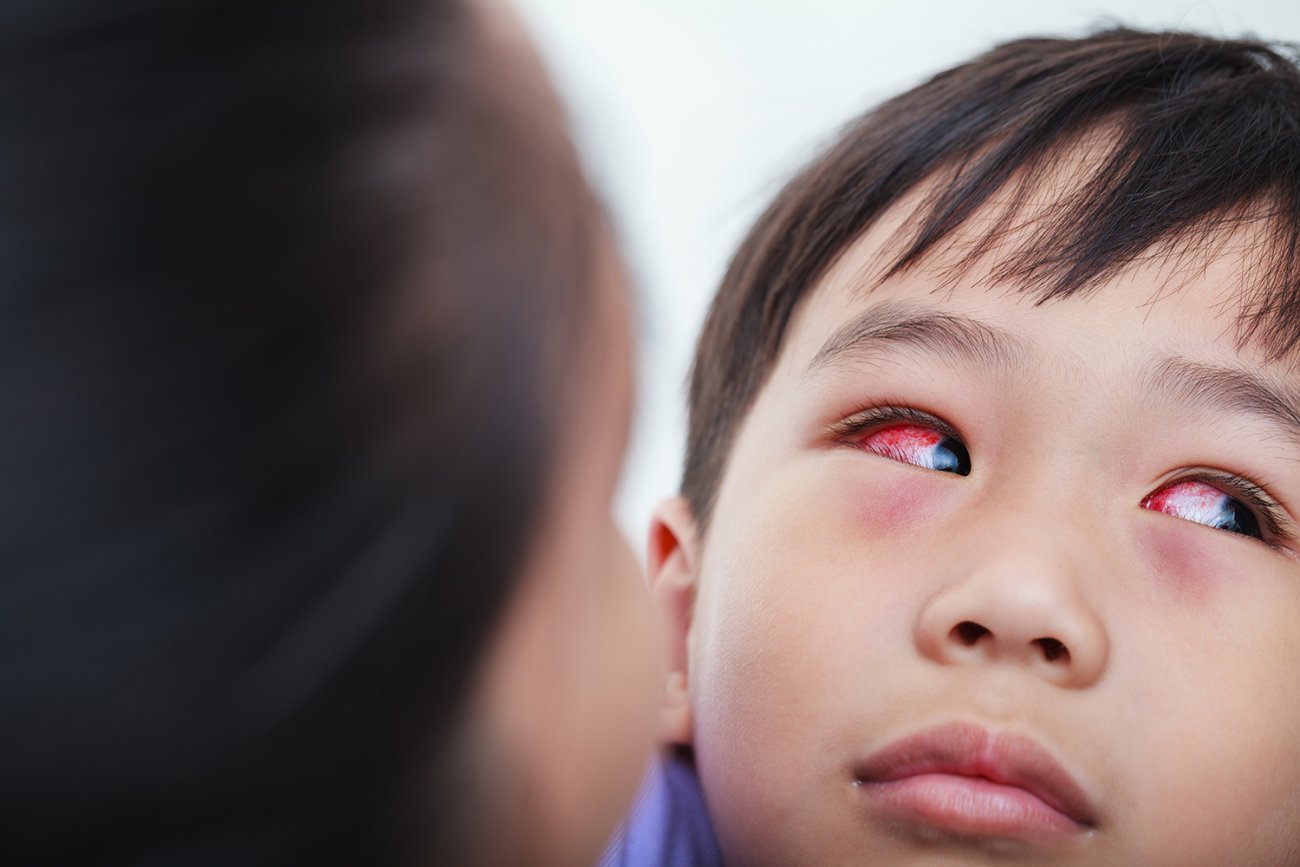
Conjunctivitis | Healthier Together | (nenc-healthiertogether.nhs.uk)
Conjunctivitis is a common eye condition that affects children, especially under 5 years of age. It can either be caused by an infection or by an allergy. Infectious conjunctivitis is contagious and may spread to other household members. Allergic conjunctivitis is more common in children with allergies such as hay fever.
Related topics sticky eye (babies under 3 months)
Your child does not need to be excluded from school or childcare if they have conjunctivitis.

Go to the nearest Hospital Emergency (A&E) Department or phone 999
Please ring your GP surgery or call NHS 111 - dial 111
Watch them closely for any change and look out for any red or amber symptoms
Additional advice is also available for families for help cope with crying in otherwise well babies
Continue providing your child’s care at home. If you are still concerned about your child, call NHS 111 – dial 111
This guidance has been reviewed and adapted by healthcare professionals across North East and North Cumbria with consent from the Hampshire development groups.
This guidance is written by healthcare professionals from across Hampshire, Dorset and the Isle of Wight.